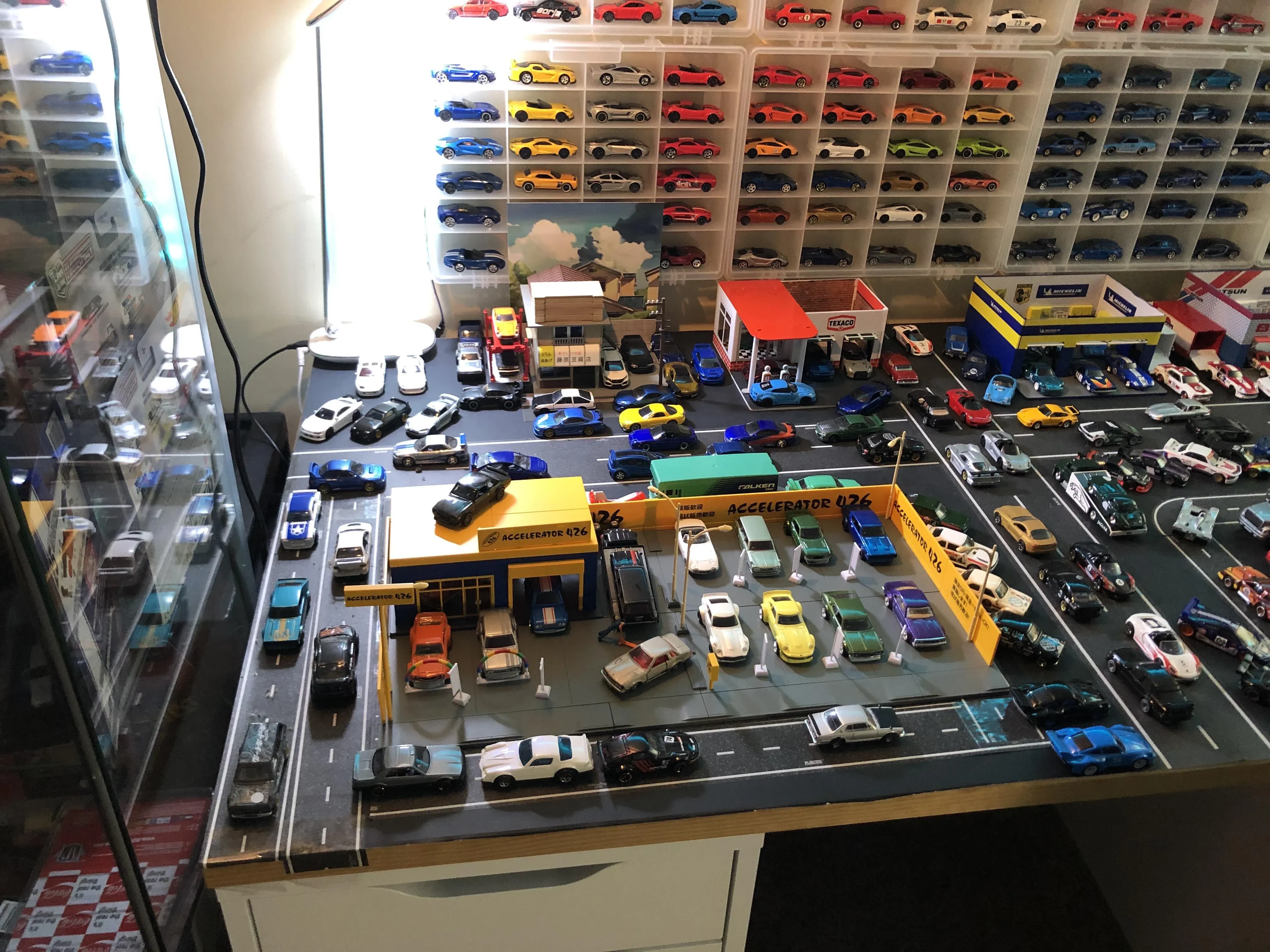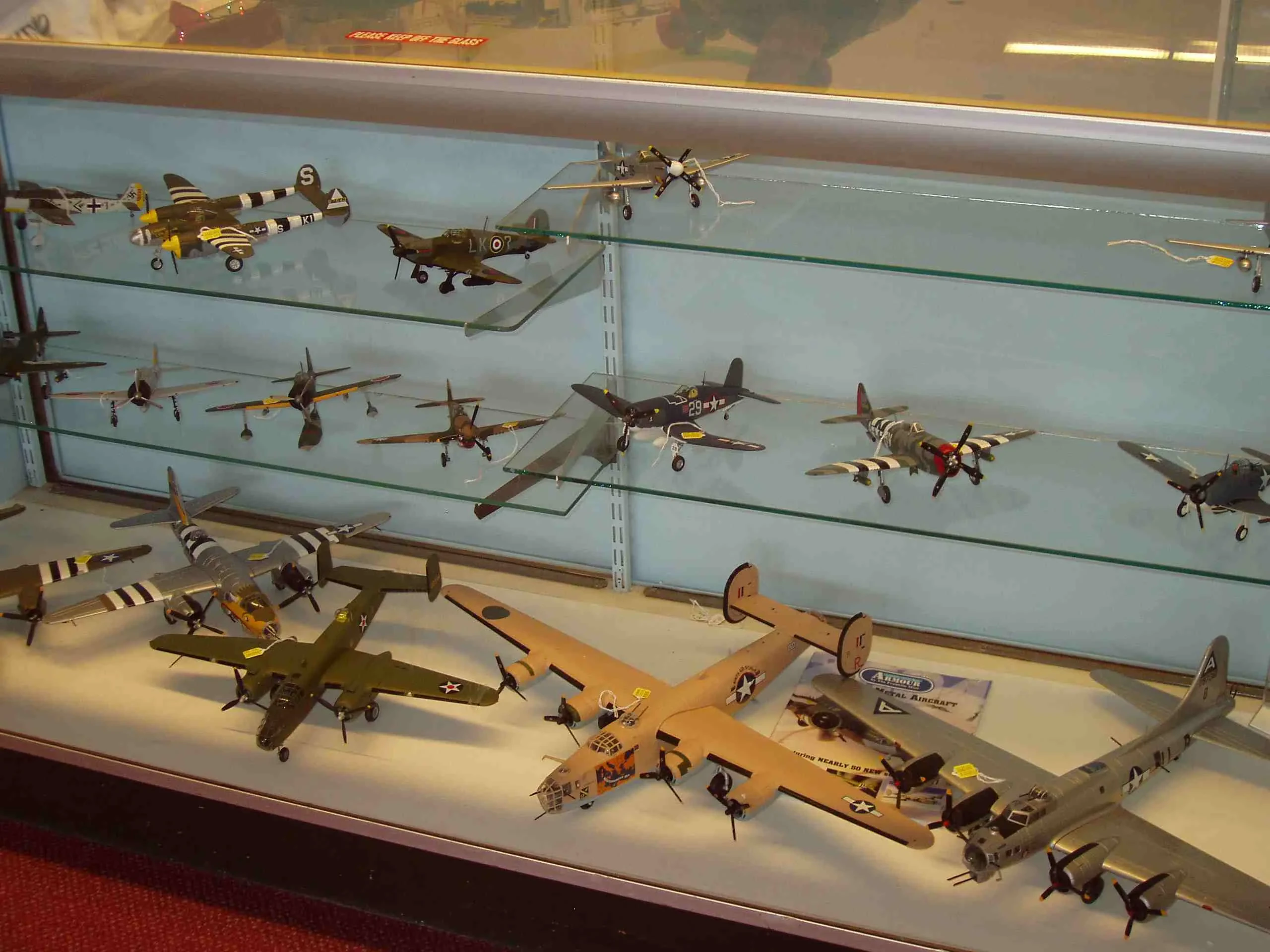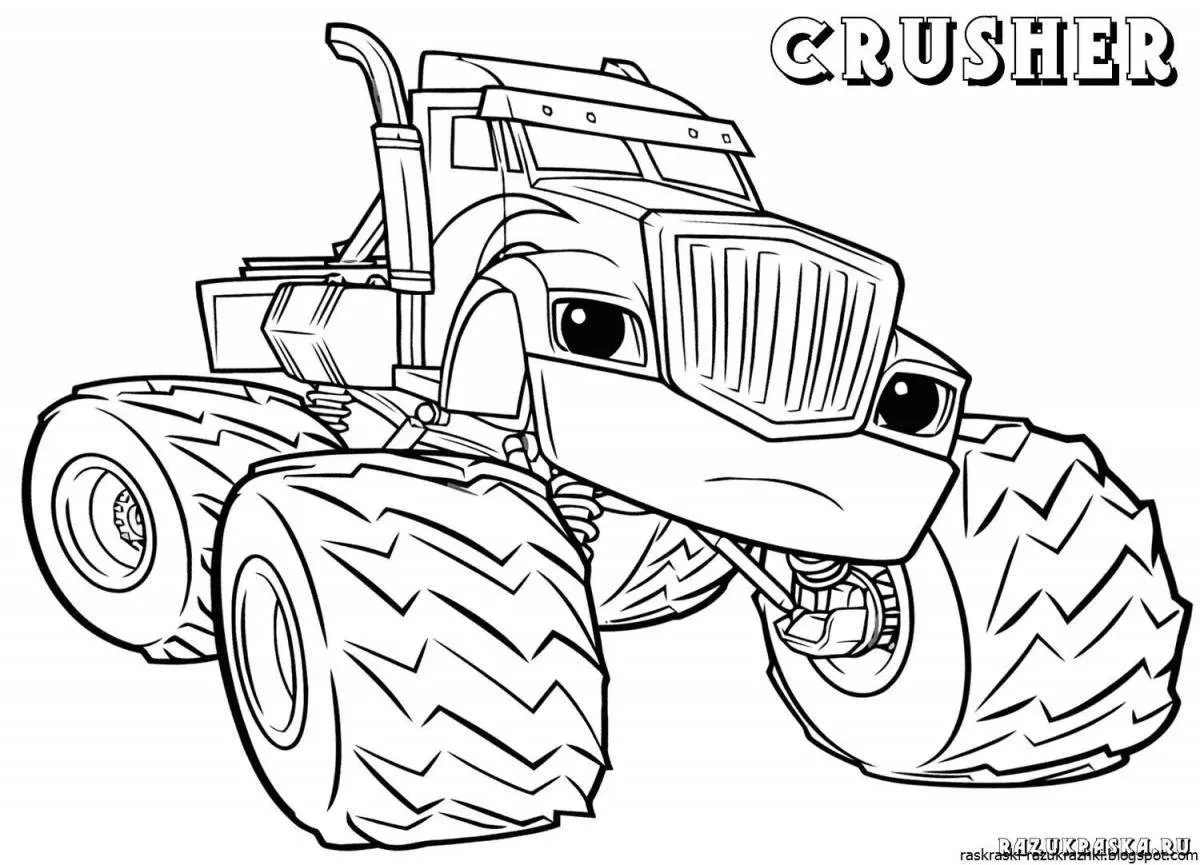Ever since I was a kid, I’ve been fascinated by diecast cars. There’s something undeniably cool about holding a perfectly scaled-down version of your dream car in your hand. But diecast cars are more than just toys; they’re miniature works of art, historical records, and a seriously addictive hobby for many. So, let’s dive into the fascinating world of diecast and see what makes these little metal machines so special.
What Exactly Is a Diecast Car?
At its core, a diecast car is a toy or collectible model car made using the die-casting method. This means molten metal, usually zinc alloy (often called zamak), is injected under high pressure into a mold (the die). Once the metal cools and solidifies, the mold is opened, and you have a perfectly formed car body. This process allows for incredible detail and accuracy, which is why diecast cars look so realistic.
While the body is usually metal, other parts like the base, wheels, interior, and windows are typically made of plastic or rubber. The combination of materials gives diecast cars a satisfying weight and a premium feel compared to purely plastic toys.

A Brief History of Diecast
Diecast models have been around for over a century! The earliest examples were simple, crude compared to modern models, but they paved the way for what we have today. The true boom in diecast popularity started in the mid-20th century, with brands like Dinky Toys, Corgi Toys, and Matchbox leading the charge. These companies introduced features like working suspension, opening doors, and detailed interiors, making their models incredibly desirable.
The 1960s and 70s were a golden age for diecast, with kids and adults alike eagerly collecting the latest releases. The competition between brands drove innovation and pushed the boundaries of what was possible in miniature car design. The rise of television and movies also played a role, as diecast manufacturers released models based on popular vehicles from the screen.
Common Diecast Scales - Size Matters!
Diecast cars come in a variety of scales, which refers to the ratio between the model’s size and the actual car’s size. Here are some of the most common scales you’ll encounter:
- 1/18: These are large and highly detailed, often featuring fully opening parts and intricate interiors. They’re a popular choice for serious collectors.
- 1/24: Another popular scale, offering a good balance between detail and size.
- 1/43: A smaller scale that’s still quite detailed. 1/43 models are often used for building dioramas.
- 1/64: This is the scale made famous by Hot Wheels and Matchbox. They’re small, affordable, and perfect for collecting in large numbers.
- 1/87 (HO Scale): Commonly used for model railways, these are even smaller than 1/64.
- 1/12: Large scale, with incredible details
The scale you choose depends on your personal preference, budget, and available space. Some collectors focus on a single scale, while others collect across multiple scales.
Popular Diecast Brands: The Big Players
Numerous diecast brands cater to different tastes and budgets. Here are some of the most well-known and respected names in the industry:
- Hot Wheels: Synonymous with diecast cars, Hot Wheels is known for its affordable, imaginative, and often fantastical designs.
- Matchbox: A classic brand that focuses on realistic, everyday vehicles, as well as emergency and construction vehicles.
- Greenlight Collectibles: Specializes in licensed movie and TV cars, with a focus on accuracy and detail.
- Autoart: Produces high-end, highly detailed diecast models, often in 1/18 scale.
- Kyosho: Another high-end brand known for its precision and realism.
- Minichamps: A German brand that produces a wide range of diecast models, from classic cars to modern race cars.
- Tomytec: A Japanese brand popular for their vintage models

What Makes a Diecast Car Collectible?
Not all diecast cars are created equal when it comes to collectibility. Several factors can influence a car’s value and desirability:
- Rarity: Limited edition models or those with production errors are often highly sought after.
- Condition: A mint-condition car in its original packaging is worth more than a damaged or loose car.
- Detail: Models with intricate details and accurate representations of the real car are generally more desirable.
- Scale: Certain scales, like 1/18, are more popular among collectors than others.
- Brand: Some brands, like Autoart and Kyosho, are known for their quality and collectibility.
- Subject matter: Cars based on iconic movie or TV vehicles, or those with a significant history, tend to be more valuable.
It’s important to remember that the value of a diecast car is subjective and can fluctuate over time. What’s popular today may not be popular tomorrow, so it’s best to collect what you enjoy!
Caring for Your Collection: Keeping Your Diecast in Top Shape
If you’re serious about collecting diecast cars, it’s essential to take proper care of them to preserve their value and appearance. Here are a few tips:
- Store your cars in a cool, dry place away from direct sunlight. Sunlight can fade the paint and damage plastic parts.
- Handle your cars carefully to avoid scratches and dents.
- Use a soft cloth to dust your cars regularly. Avoid using harsh chemicals or abrasive cleaners.
- Consider displaying your cars in display cases to protect them from dust and damage.
- Keep the original packaging if possible. It adds to the car’s value.

The Diecast Community: Connecting with Fellow Collectors
Collecting diecast cars is more fun when you can share your passion with others. There’s a thriving diecast community online and offline, with forums, social media groups, and local clubs where you can connect with fellow collectors, trade cars, and learn more about the hobby.
Attending diecast shows and swap meets is a great way to find rare and unique models, meet other collectors, and get a sense of the market value of your cars.
Diecast Collecting in 2024: What’s Hot Right Now?
The diecast market is constantly evolving, with new models and trends emerging all the time. In 2024, there’s a strong interest in vintage Japanese cars, particularly those from the 1970s and 80s. Movie and TV cars continue to be popular, especially those based on recent blockbuster releases. Also, there’s a growing demand for highly detailed, limited-edition models from brands like Autoart and Kyosho. Finally, Hot Wheels continues to innovate with new designs and collaborations, keeping the brand fresh and exciting for collectors of all ages.
The thrill of the hunt, the satisfaction of finding that perfect model, and the camaraderie of the diecast community make it a rewarding and engaging hobby for people of all ages. So, whether you’re a seasoned collector or just starting out, welcome to the wonderful world of diecast cars!
Where to Buy Diecast Cars
Finding diecast cars is easier than ever, with a plethora of options available both online and offline. Here are some common places to look:
- Retail Stores: Major retailers like Walmart, Target, and Toys R Us (if available) often carry a selection of Hot Wheels, Matchbox, and other popular brands.
- Hobby Shops: Dedicated hobby shops are a great place to find a wider variety of diecast cars, including rarer and more specialized models.
- Online Marketplaces: Websites like eBay, Amazon, and specialized diecast retailers offer a vast selection of cars from all over the world.
- Diecast Shows and Swap Meets: These events are a great way to find rare and vintage models, and to meet other collectors.
- Directly from Manufacturers: Some manufacturers, like Autoart and Kyosho, sell their models directly through their websites.
- Flea Markets and Garage Sales: You might get lucky and find a hidden gem at a flea market or garage sale.
Remember to compare prices and check the seller’s reputation before making a purchase, especially when buying online. Happy hunting!
So there you have it – a comprehensive overview of the diecast car hobby! From their history and construction to the brands, scales, and collectibility factors, hopefully, you’ve gained a newfound appreciation for these miniature marvels. Happy collecting!
